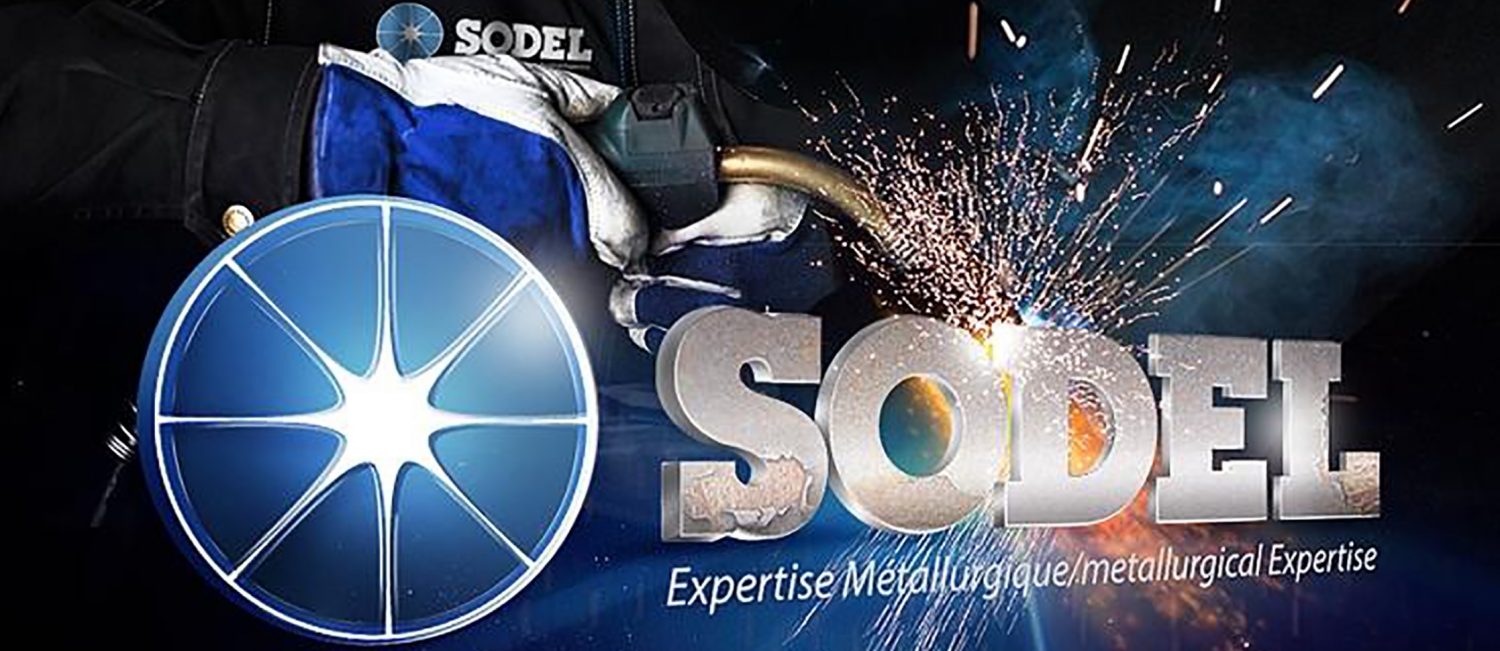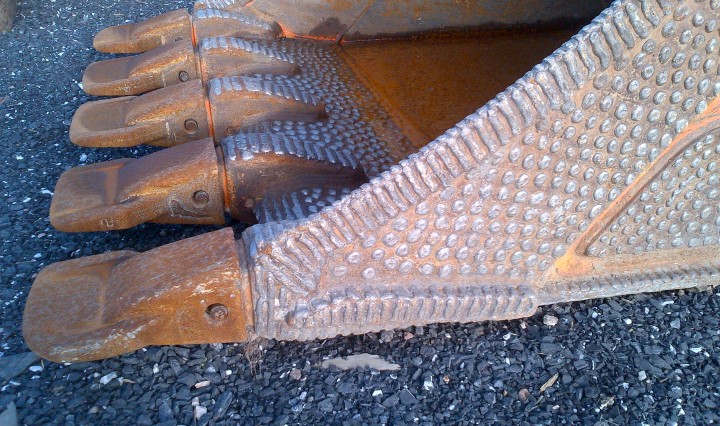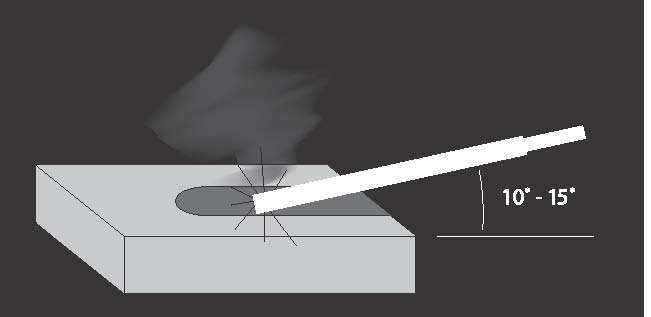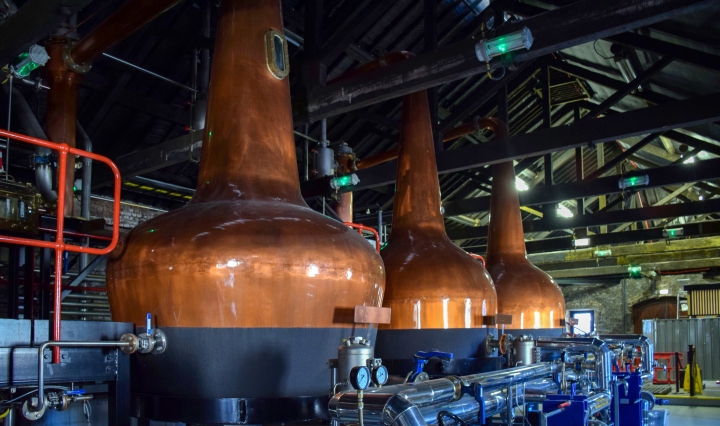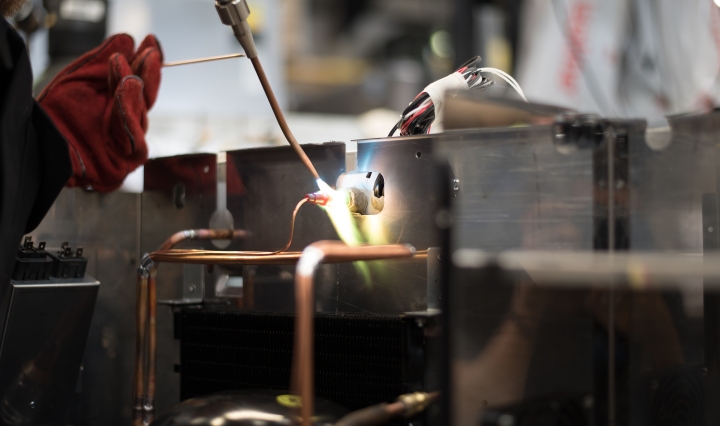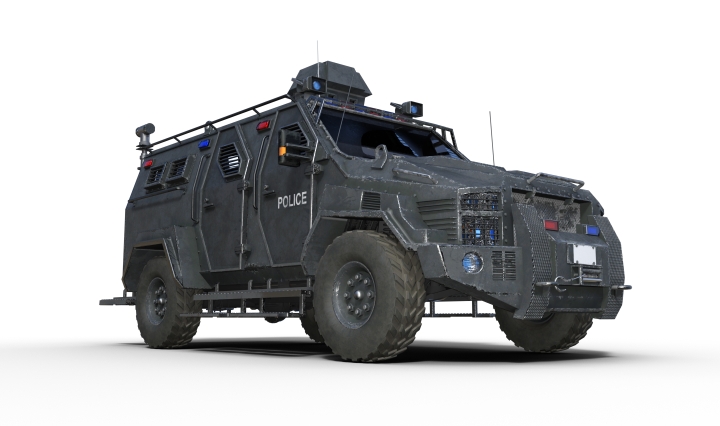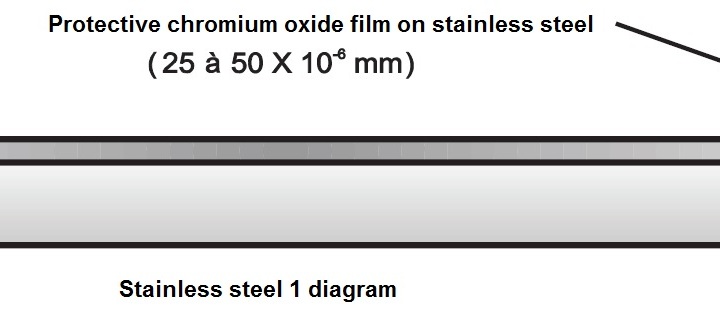
WELDING NICKEL ALLOYS
General Nickel and its alloys are renowned for their high corrosion resistance and their ability to withstand high temperatures (up to 1’200°C (2’200°F) for some alloys). In its commercially pure form, nickel is primarily used in the manufacture of caustic soda, in the electronics and food industries, and for plating. Nickel-copper alloys, such as Monel®, provide excellent cavitation and corrosion resistance in reducing environments and salt water. This makes them especially suited for marine applications, chemical industry equipment, hydrocarbon processing, heat exchangers and plumbing hardware and fittings, since they are easy to form and machine. Nickel-chromium-iron alloys, such as Inconel®, … Continue reading WELDING NICKEL ALLOYS
